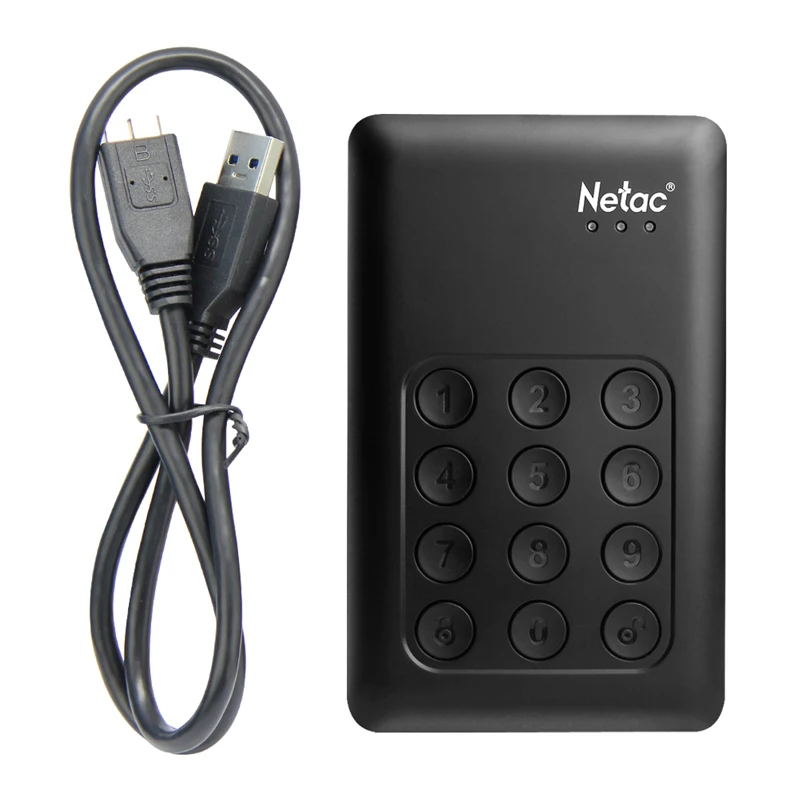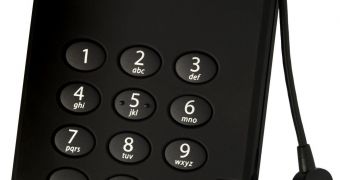

There are clearly other options here, but the goal of this guide was to show how to encrypt an external non-system drive. Next, select “Encrypt a non-system partition/ drive”. Once this is done select “Create Volume”. For this example, I am using a spare 4GB OCZ Rally2 drive normally on BIOS flash duties.
Power Supply: Supermicro 300w (included in the SC731i-300B)Ĭreating the TrueCrypt Volume on an External Driveįirst one needs to start TrueCrypt with the external drive attached. 
Additional NICs: Intel Gigabit CT PCIe x1 network adapter.
 Additional Drives: Corsair Performance 3 Series P3-128, OCZ Rally 2 4GB USB Drive. I am using a Sandy Bridge test bed here as the Cougar Point SATA 6.0gbps controller is perhaps the best 6.0gbps SATA controller on the market at the moment. However, TrueCrypt can be used on system disks and RAID arrays also which can easily exceed a few GB/s in aggregate transfer rates. For most external media, the 32nm parts can encrypt data at a rate many times the media rate which may make the speed seem excessive. One will notice that the 32nm Intel parts have AES-NI and absolutely fly when doing encoding. TrueCrypt is one of those awesome open source utilities that can help secure data. I have used the TrueCrypt benchmark in many reviews including the new Xeon E3-1280, Xeon E3-1220, E3-1230, dual E5606, and W3550 CPUs, as well as the Sandy Bridge i7-2600K and i5-2500K pieces over the past few weeks. Oftentimes this can be done as part of a manual off-site backup process for important data or simply when moving sensitive data off of a server, for example with employee records, company records, litigation files, and mergers and acquisitions related documents that need to be used on a notebook without network access. The other similar option would be to use eCryptfs instead of encfs, their somehow do the same thing, you should decide which one is better for you, however I suggest using encfs because of the reasons I quoted above.Many users end up using external removable media for their server’s important data. With your suggestion you have to face the risk of loosing your data while resizing the partition to create a new one, even when you are resizing a LVM logical volume you have to get a backup first. So you can easily encrypt a directory an moves all your files within that directory without any risk of loosing data. Available as a cross-platform folder encryption mechanism.ĮncFS has no "volumes" that occupy a fixed size - encrypted directories grow and shrink as more files are added to or removed from the mountpoint. Portable encryption of file folders on removable disks. What I suggest for your situation is to use encfs instead of something like luks which encrypts the whole device and then you create a new file system on it, however we can still use luks in a similar scenario too (Creating a virtual device).Įncfs helps you to create a encrypted virtual filesystem, it allows :
Additional Drives: Corsair Performance 3 Series P3-128, OCZ Rally 2 4GB USB Drive. I am using a Sandy Bridge test bed here as the Cougar Point SATA 6.0gbps controller is perhaps the best 6.0gbps SATA controller on the market at the moment. However, TrueCrypt can be used on system disks and RAID arrays also which can easily exceed a few GB/s in aggregate transfer rates. For most external media, the 32nm parts can encrypt data at a rate many times the media rate which may make the speed seem excessive. One will notice that the 32nm Intel parts have AES-NI and absolutely fly when doing encoding. TrueCrypt is one of those awesome open source utilities that can help secure data. I have used the TrueCrypt benchmark in many reviews including the new Xeon E3-1280, Xeon E3-1220, E3-1230, dual E5606, and W3550 CPUs, as well as the Sandy Bridge i7-2600K and i5-2500K pieces over the past few weeks. Oftentimes this can be done as part of a manual off-site backup process for important data or simply when moving sensitive data off of a server, for example with employee records, company records, litigation files, and mergers and acquisitions related documents that need to be used on a notebook without network access. The other similar option would be to use eCryptfs instead of encfs, their somehow do the same thing, you should decide which one is better for you, however I suggest using encfs because of the reasons I quoted above.Many users end up using external removable media for their server’s important data. With your suggestion you have to face the risk of loosing your data while resizing the partition to create a new one, even when you are resizing a LVM logical volume you have to get a backup first. So you can easily encrypt a directory an moves all your files within that directory without any risk of loosing data. Available as a cross-platform folder encryption mechanism.ĮncFS has no "volumes" that occupy a fixed size - encrypted directories grow and shrink as more files are added to or removed from the mountpoint. Portable encryption of file folders on removable disks. What I suggest for your situation is to use encfs instead of something like luks which encrypts the whole device and then you create a new file system on it, however we can still use luks in a similar scenario too (Creating a virtual device).Įncfs helps you to create a encrypted virtual filesystem, it allows :







 0 kommentar(er)
0 kommentar(er)
